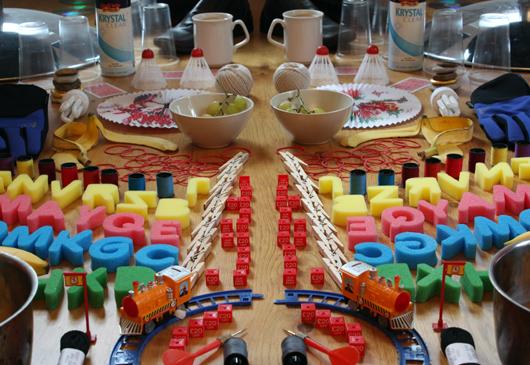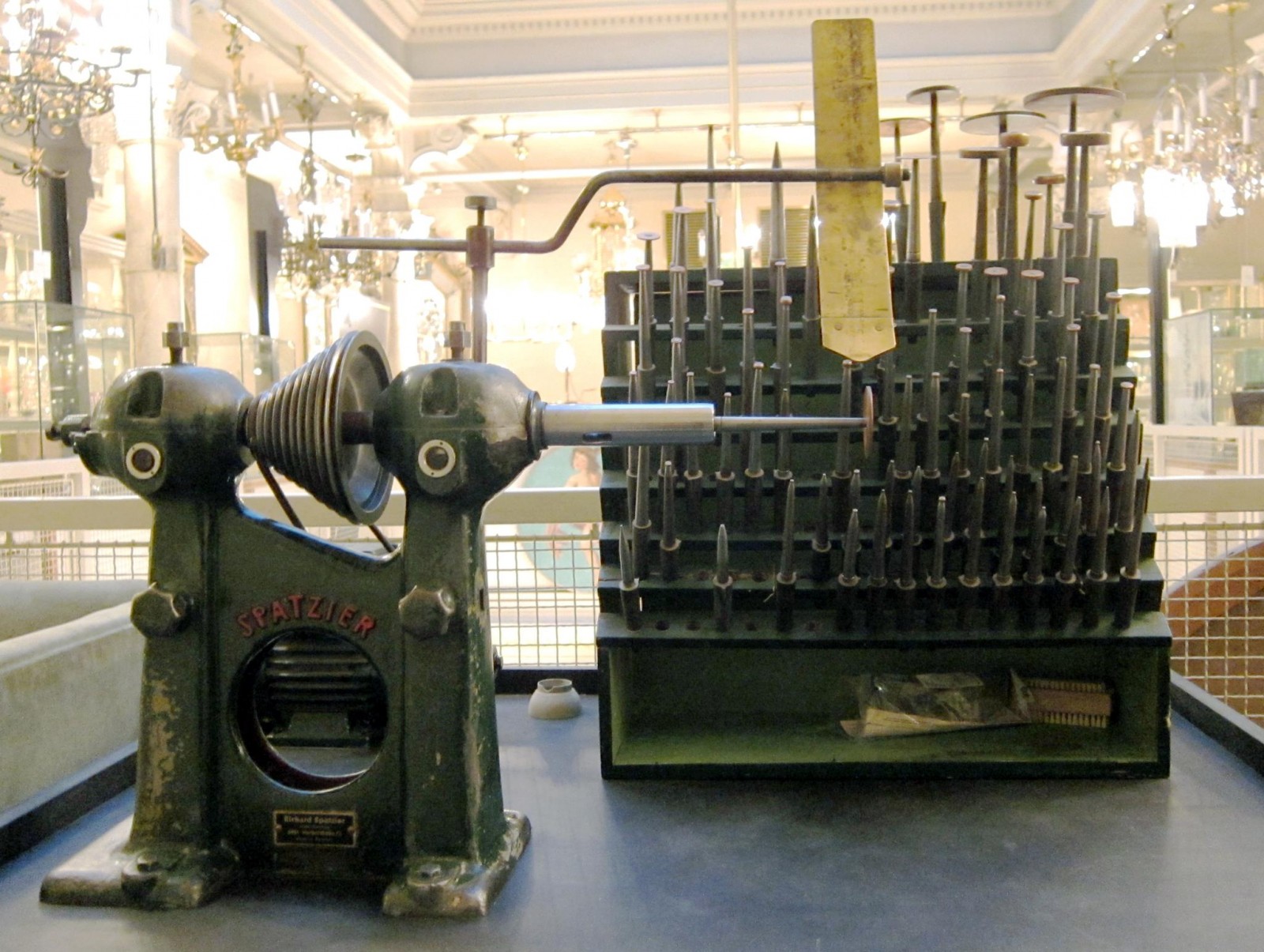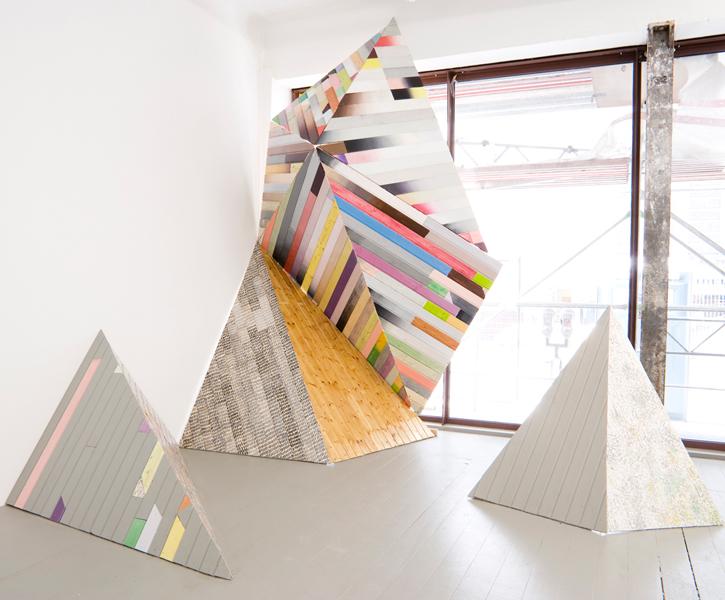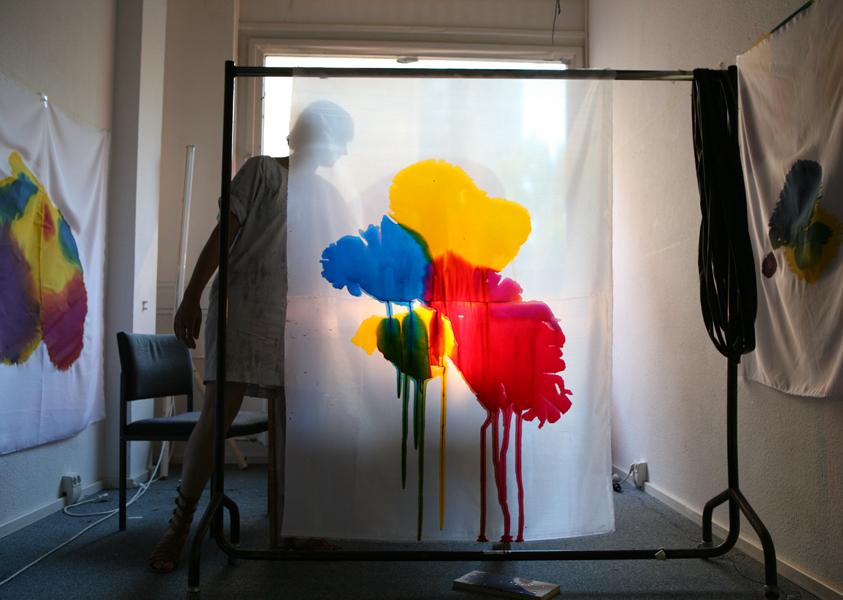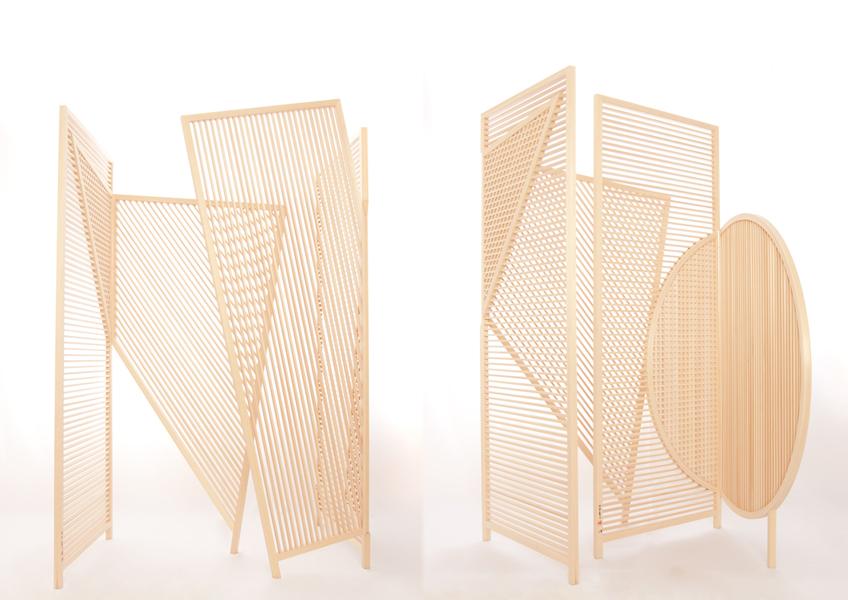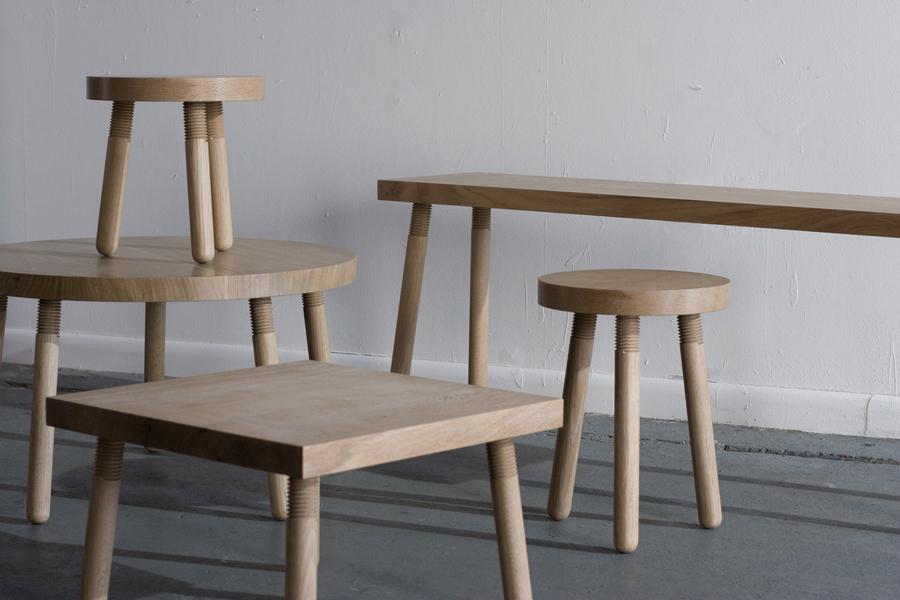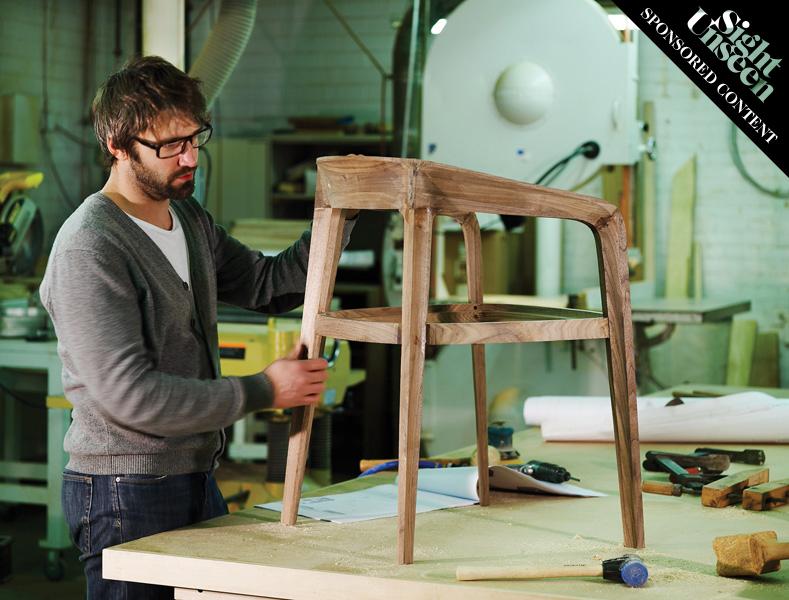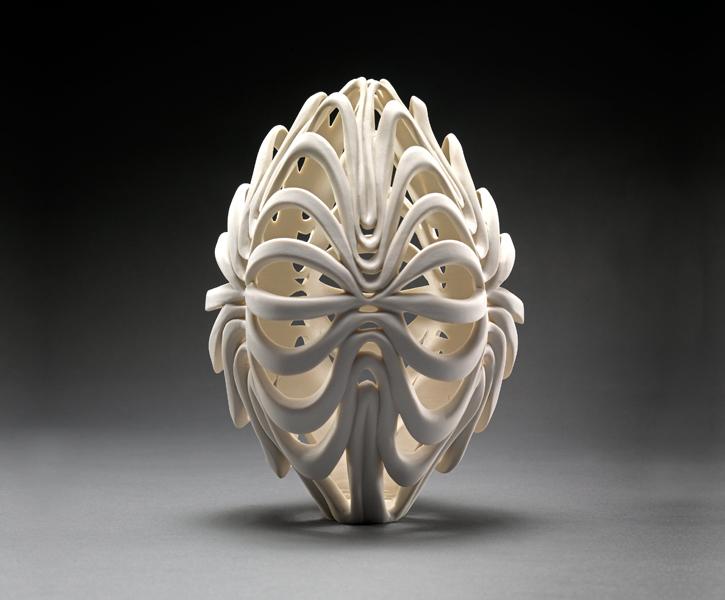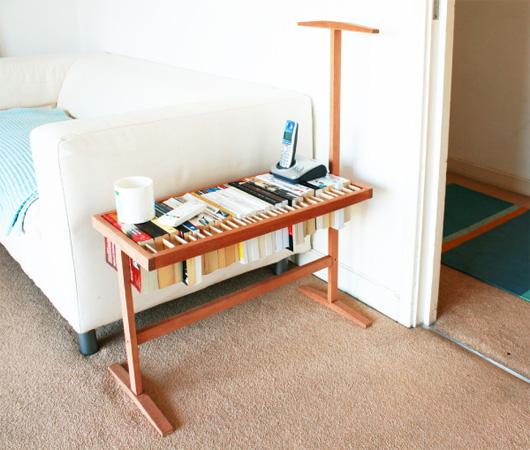
11.03.10
Sighted
Book Case by Raw-Edges
It’s not very often that a designer’s work is accepted into the permanent collection at MoMA when he's just a year out of design school. But that’s what happened to the Israeli-born, London-based Royal College of Art grad Shay Alkalay, who debuted his Stack chest of drawers with Established & Sons at the Milan Furniture Fair in 2008 and saw it honored by the museum that same year. And no wonder: With Stack, Alkalay — who with his longtime partner Yael Mer forms the London studio Raw-Edges — stumbled upon a brilliant bit of reduction. The unit is made from a series of colored drawers, stacked atop one another, that can be opened from either side. There’s no frame and no back panel; in other words, it completely re-contextualizes what a storage unit can be. That same thinking went into the Book Case the pair constructed for their London flat, which is a bookshelf in the loosest sense of the word, seeing as there aren’t actually any shelves.

